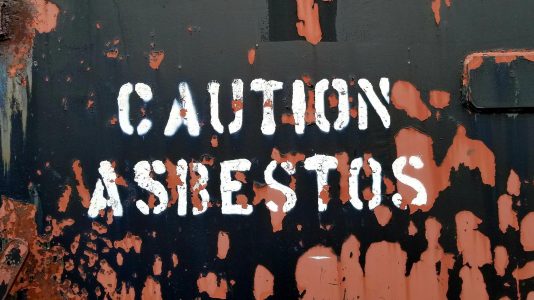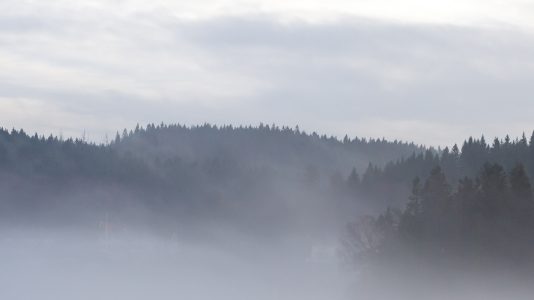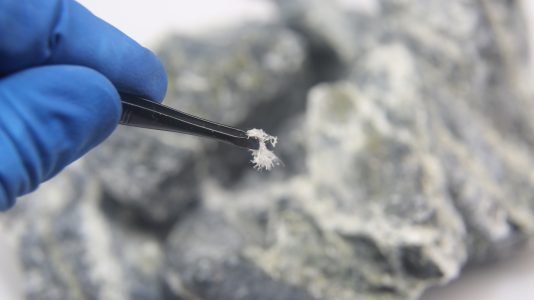What is Vermiculite?
June 5th, 2022
By owning or even renting, you may have already faced vermiculite. What is that? Well, it is an insulator in granules whose colour varies from silver-gold to gray-brown. It shines in its natural state and looks like animal feed. It was very popular in the 1920s to 1990s for insulating voids under roofs and sometimes even in wall cavities and in rarer cases, under floors. There are good reasons for this since it is an insulator which is not expensive, which does not burn, which does not rot. It is very stable, inert and does not attract insects or rodents). To top it off, it has excellent sound and heat insulation. But why is this insulation no longer used? The following blog post will give you more information on vermiculite and the problems it can cause.
Is vermiculite problematic?
The main problem with vermiculite is that it may contain amphibole asbestos which can be very harmful to health if inhaled. Asbestos fibres, when present in the air, represent a significant risk to the health of exposed persons. It is important to note that not all vermiculite contains asbestos. The only way to determine this is to send a sample to a laboratory specializing in the analysis of materials that may contain asbestos. Only they can determine if the vermiculite does contain asbestos or not.
Vermiculite in more detail
This insulation is very often hidden under the batt insulation, in the void under the roof. It is then necessary to lift the batt insulation in a few places to confirm or not the presence of vermiculite. Even if a building contains vermiculite, this does not mean that it can be affected by the notion of latent defect. The Court of Quebec decided in 2009.
What are the risks?
Health Canada has determined that it is not mandatory to remove vermiculite containing asbestos if the insulation is not in a habitable space such as an attic space. In other words, as long as it is not touched, there will be no real problem. However, having them could lower the sale price and certain precautions must be taken to reduce the risk of exposure. Indeed, if there is a presence of vermiculite, it is necessary to limit the access to the void under the roof. All ceiling openings must also be sealed. It also does not have the ceiling drilled to install lights, for example. It is also important to never remove the insulation yourself.
If you are worried about vermiculite in your home, do not hesitate to contact a professional who will be able to guide you in the right steps to follow.




